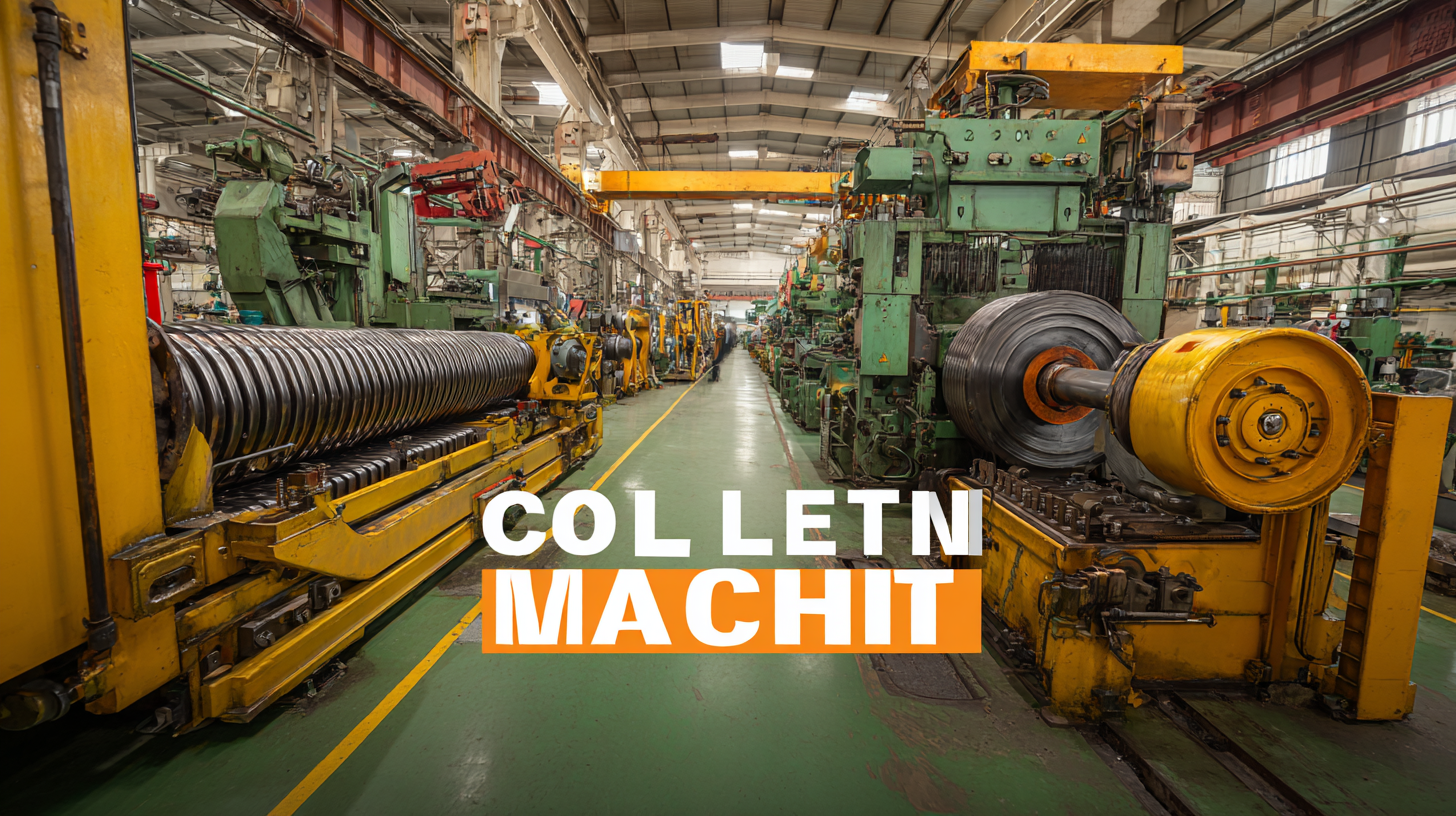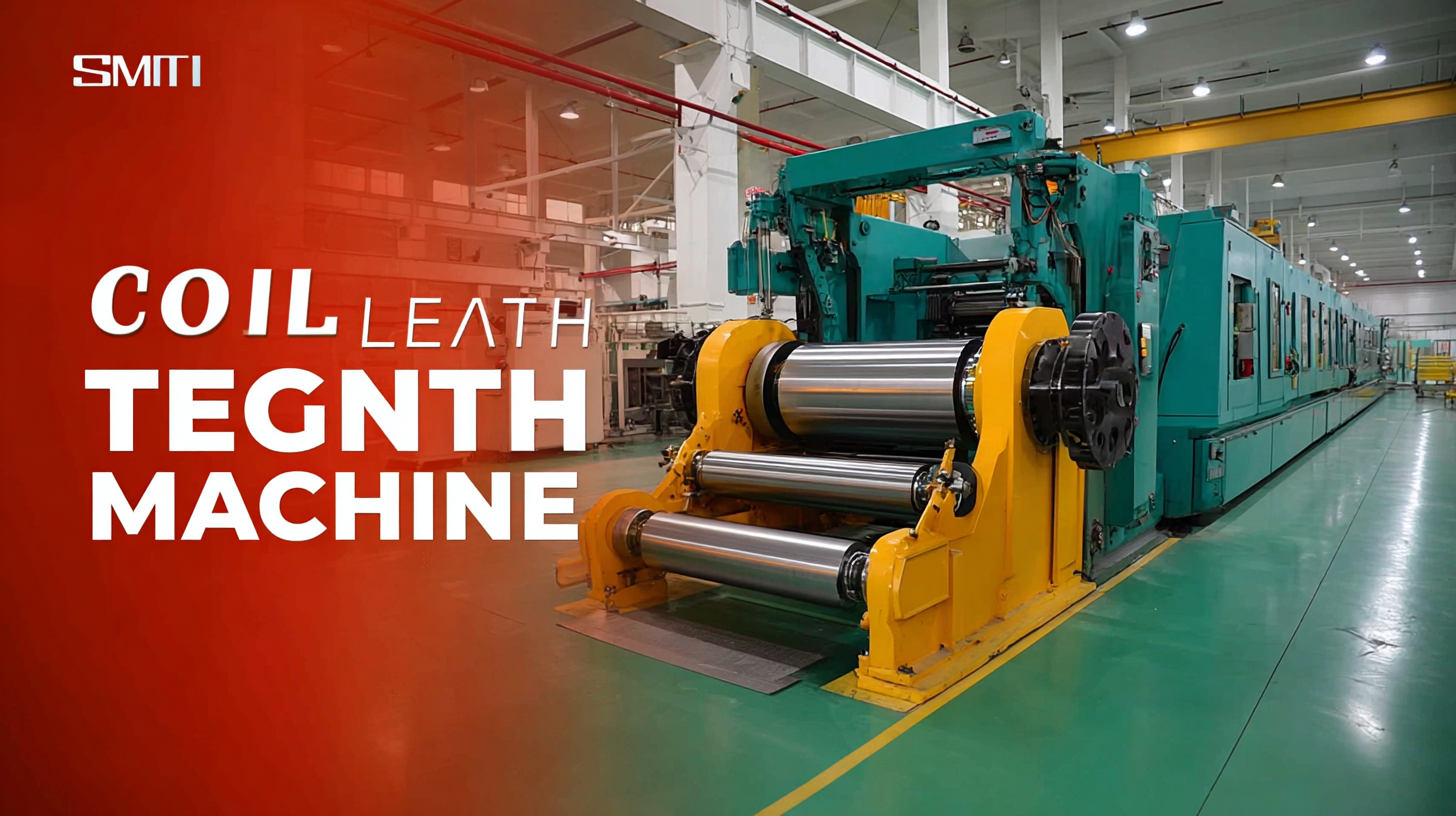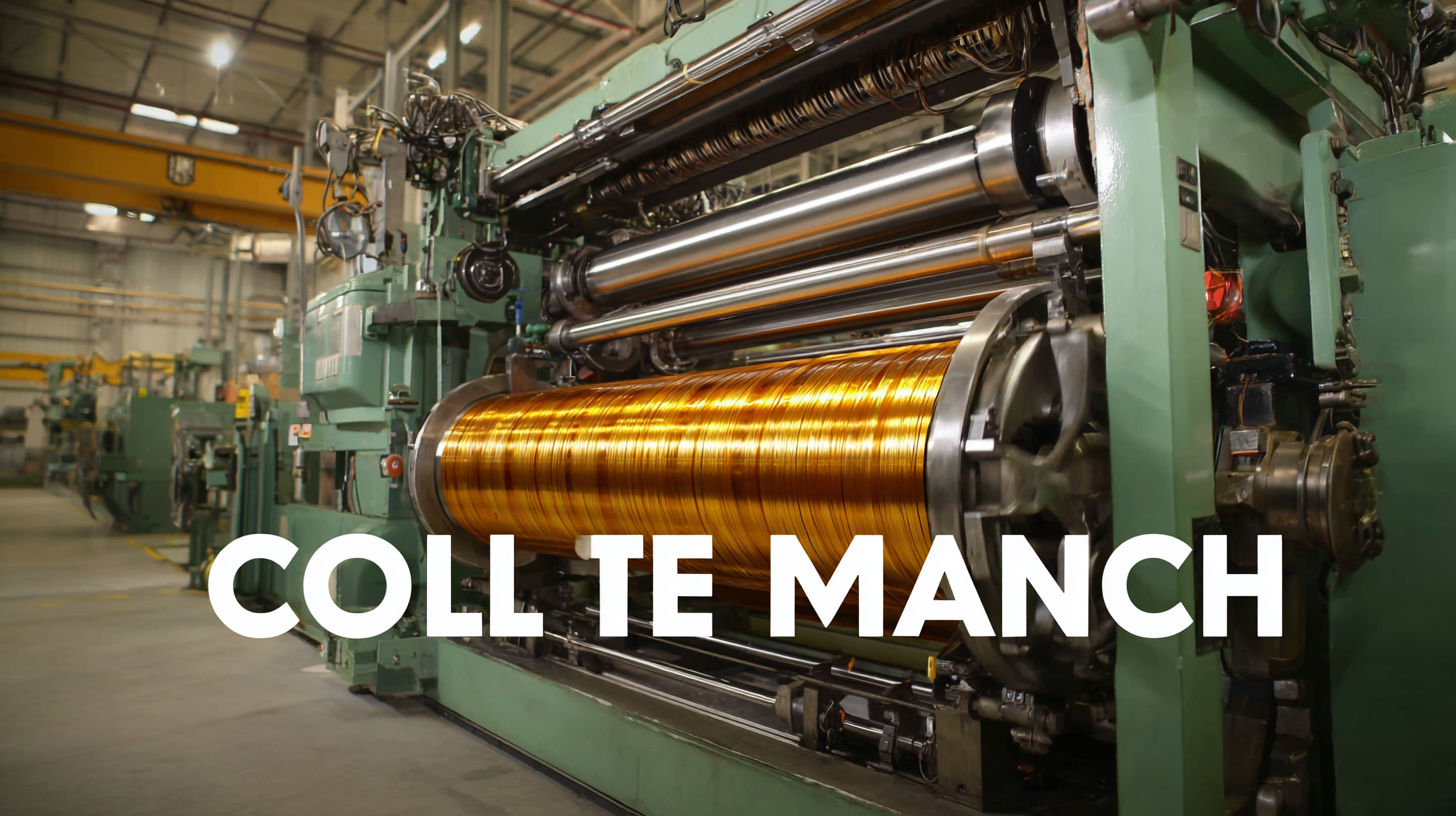
In the rapidly evolving landscape of modern manufacturing, the significance of precision and efficiency cannot be overstated, particularly in industries heavily reliant on metal processing. The advent of the Coil Cut To Length Machine has revolutionized the way materials are handled, addressing the critical need for accuracy in cutting operations. According to a recent report from Grand View Research, the global coil processing market is projected to reach USD 17.5 billion by 2025, with a significant share attributed to the demand for advanced cut-to-length machinery. These machines not only enhance productivity but also reduce material waste, making them indispensable in sectors such as automotive, aerospace, and construction. As industries continue to strive for optimization, understanding the unique features and diverse applications of the best Coil Cut To Length Machines available in the market becomes essential for staying competitive and meeting evolving customer demands.

Coil cut to length machines are integral to various industries, offering unique design elements that enhance their efficiency and adaptability. One of the standout features is the precision cutting technology, which ensures that coils are cut to the exact lengths required without any material waste. This is achieved through advanced sensors and automation systems that maintain consistent measurements, making these machines ideal for applications in manufacturing, automotive, and construction sectors.
Another distinctive aspect is the modular design of many coil cut to length machines. This flexibility allows users to easily adjust the machine configurations according to specific production needs. The ability to switch from one coil type to another without significant downtime is a crucial benefit for businesses looking to optimize their operations. Additionally, features such as quick-change tooling and user-friendly interfaces further enhance the overall user experience, ensuring that operators can efficiently manage production while minimizing errors. These innovative design elements not only improve productivity but also contribute to cost savings in the long run.

The utilization of Coil Cut To Length (CTL) technology has witnessed a significant surge across various industries, driven by the need for precision and efficiency. According to a recent report by MarketsandMarkets, the global market for CTL equipment is projected to reach USD 1.2 billion by 2026, expanding at a compound annual growth rate (CAGR) of 5.8%. This growth is primarily attributed to the increasing demand for high-quality metal products and the need for customization in manufacturing processes. Industries such as automotive, construction, and electronics are leveraging CTL technology to enhance production quality while reducing waste.

One of the key advantages of utilizing CTL technology is its ability to reduce operational costs. By providing precise lengths of material without the need for secondary operations, manufacturers can significantly decrease scrap rates. The European Federation of Welding, Joining and Cutting (EWF) reported that implementing CTL systems can reduce material waste by up to 20%, leading to substantial cost savings. Additionally, CTL machines improve turnaround times, allowing companies to meet tight deadlines while maintaining quality standards. This efficiency is vital in a competitive marketplace where time-to-market and cost-effectiveness are critical for success.
Coil cut-to-length machines have become an essential component across various industries due to their precision and efficiency in processing metal strips, sheets, and other materials. These machines are particularly valuable in the automotive, construction, and appliance manufacturing sectors, where the need for customized material sizes is paramount. By accurately cutting coils to specified lengths, businesses can streamline their production processes, reduce waste, and enhance overall productivity.
Tips for selecting the right coil cut-to-length machine include assessing the maximum thickness and width of materials you'll be working with. Ensure the machine can handle your specific requirements to maintain operational efficiency. Additionally, consider the machine's speed and automation features; higher-speed machines can significantly reduce lead times, making them ideal for fast-paced manufacturing environments.
Another crucial aspect is the maintenance and support offered by the manufacturer. Investing in a machine with easily accessible parts and reliable customer service can save you time and reduce downtime during operations. Regular maintenance checks also ensure that your machine continues to perform optimally over time, which is vital for industries relying on precision cutting.
In the realm of manufacturing, optimizing coil cut to length processes is essential for enhancing productivity and reducing waste. One of the top strategies involves implementing advanced automation technologies. By integrating automated loading and unloading systems, manufacturers can minimize manual handling, thus decreasing labor costs and speeding up the overall operation. This also ensures consistent precision, which is crucial for maintaining quality standards in various industries.
Another effective approach is to regularly maintain and calibrate the cutting machines. Ensuring that blades are sharp and machinery is well-functioning can significantly impact the accuracy of cuts. Neglected equipment can lead to increased scrap rates and downtime, which ultimately affects production efficiency.
Moreover, investing in software that provides real-time data analytics can greatly optimize the cut to length process. These systems allow for better monitoring of production metrics, enabling timely adjustments to be made based on performance and material utilization. Utilizing data analytics helps in identifying trends and potential bottlenecks, fostering continuous improvement in operational efficiency.
As industries continue to evolve, the landscape of coil cut to length machines is also undergoing significant transformation. Future innovations in these machines are likely to be heavily influenced by advancements in artificial intelligence and machine learning, contributing to increased efficiency and precision. Manufacturers are expected to integrate AI capabilities to optimize production processes, significantly reducing waste and enhancing the customization of coil products. This trend aligns with the broader “application over parameters” philosophy emerging in technology fronts, emphasizing real-world usability.
Furthermore, the incorporation of next-generation materials and automation into coil cut to length machines represents a pivotal shift. Just as the smartphone market is witnessing innovations like short blade batteries, similar trends are expected in the manufacturing sector. Future machines may utilize lighter, more durable materials while employing smart sensors to provide real-time data for better operational decisions. This evolution is crucial, as industries navigate the complexities of scaling production while maintaining high standards of quality and sustainability. As we look ahead, the potential for innovation in coil cut to length machines appears boundless, promising to redefine efficiency paradigms across various sectors.
| Industry | Unique Features | Applications | Future Trends |
|---|---|---|---|
| Automotive | High-speed precision cutting, advanced automation | Manufacturing of body panels and structural components | Integration of AI for predictive maintenance |
| Construction | Heavy-duty design, customizable lengths | Reinforcement bars and metal sheets | Use of IoT for better inventory management |
| Electronics | Compact design, energy efficiency | Manufacturing of coils for various electronic devices | Development of eco-friendly materials |
| Aerospace | Precision engineering, lightweight components | Manufacturing of aircraft structures | 3D printing integration for complex geometries |
| Shipbuilding | Robust construction, large format capability | Cutting of steel plates for hull construction | Automation of cutting processes for efficiency |
